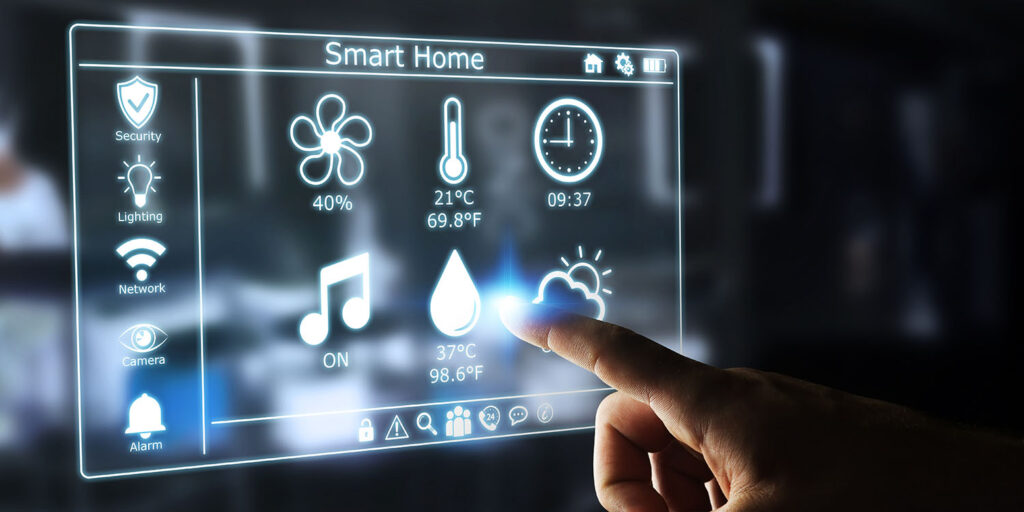
Smart Home Lighting Automation: Transform Your Living Space
In recent years, the concept of smart home lighting automation has captivated the imagination of homeowners worldwide. By integrating modern technology into your living environment, you can enhance comfort, energy efficiency, and even security. This article explores the myriad benefits, components, and opportunities associated with smart lighting solutions, offering insights for both newcomers and seasoned home enthusiasts.

What is Smart Home Lighting Automation?
Smart home lighting automation refers to the use of technology to control and manage lighting systems in a home. This can encompass everything from simple voice commands to complex scheduling and sensor-based adjustments. The primary goal is to provide homeowners with greater control, convenience, and efficiency.
Benefits of Smart Lighting Automation
Enhanced Comfort and Convenience
One of the most compelling reasons to consider smart lighting automation is the convenience it offers. Imagine being able to adjust the lights in your home from anywhereusing only your smartphone or voice assistant. Whether you’re in another room or halfway across the world, you have complete control over your home’s lighting.
Energy Efficiency and Cost Savings
By employing smart lighting, homeowners can significantly reduce energy consumption. Automated systems ensure that lights are only on when needed, and dimming features can lower power usage without sacrificing comfort. These efficiencies translate into tangible cost savings on utility bills.
Security and Safety
Automated lighting can also bolster home security. By simulating occupancy through varied lighting schedules or integrating with security systems, homeowners can deter potential intruders. Additionally, automated pathways lighting can enhance safety by illuminating walkways or staircases at night.
Components of a Smart Lighting System
Smart Bulbs
At the heart of many smart lighting systems are smart bulbs. These bulbs can be controlled remotely and often come with features such as color changing and dimming. They are typically compatible with a variety of smart home systems, providing versatility and ease of use.
Smart Switches and Dimmers
Smart switches and dimmers replace traditional switches, allowing for more sophisticated control over lighting. They can be programmed or operated remotely, making them a popular choice for those looking to automate existing lighting infrastructure.
Central Control Hubs
A central hub is often necessary for managing a smart lighting system. These hubs facilitate communication between devices and ensure seamless integration with other smart home technologies. For more insights on choosing the best hub, check out this smart home hub guide.
How to Integrate Smart Lighting into Your Home
Assess Your Current Lighting Needs
Before diving into smart home lighting automation, its essential to evaluate your current lighting setup. Consider factors such as the number of lights, the types of fixtures, and areas where automation would offer the most benefit.
Choosing the Right Technology
With so many options available, selecting the right technology can be daunting. Factors such as compatibility, cost, and ease of installation should all be considered. For comprehensive guidance, Wired offers an excellent resource on setting up a smart home, which you can find here.
Installation and Setup
Once you’ve selected your components, installation is the next step. Many smart lighting solutions are designed for easy DIY installation, though professional assistance may be beneficial for more complex systems.
Future Trends in Smart Lighting
Integration with Other Smart Devices
As the smart home ecosystem evolves, so too does the potential for smart lighting automation. Future trends indicate deeper integration with other devices, such as home surveillance systems. For tips on integrating home security, visit our home surveillance guide.
AI and Machine Learning
Artificial intelligence and machine learning are poised to revolutionize smart lighting. These technologies will enable systems to learn from user behaviors and adapt settings for optimal efficiency and comfort without direct input.
Environmental Considerations
As environmental consciousness grows, so does the demand for sustainable smart lighting solutions. Innovations in eco-friendly materials and energy-efficient designs are likely to shape the future of the industry.

FAQs
Q: How does smart home lighting automation work?
A: Smart lighting automation works by integrating technology that allows remote and automated control of lighting systems, often through apps or voice commands.
Q: Is smart lighting expensive to install?
A: Initial costs can vary, but smart lighting often results in long-term savings on energy bills, which can offset the initial investment.
Q: Can smart lighting be integrated with other smart home systems?
A: Yes, smart lighting can seamlessly integrate with other systems such as security and HVAC for enhanced home automation.
This article contains affiliate links. We may earn a commission at no extra cost to you.